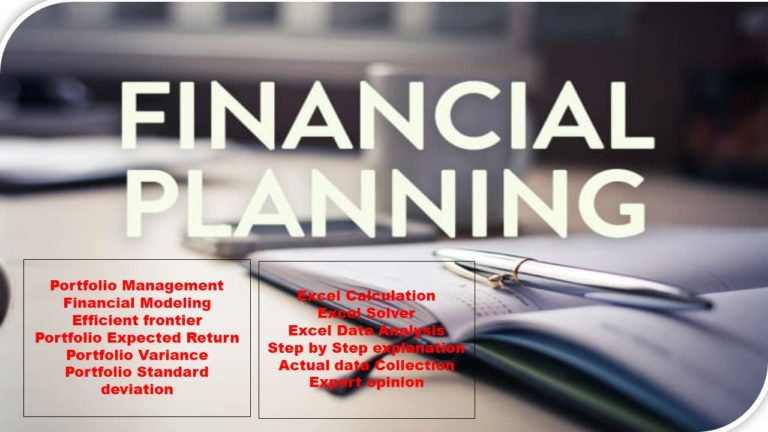Portfolio management means various things to different people. However, in general, it is a way of balancing risks and rewards. And while the goal of any investment strategy seems simple, it usually depends on individual circumstances. In this article, we’ll talk about the most important factors you should consider in building an optimized portfolio.
Measuring ROI (Return on Investment)
The most elementary measurement of a portfolio’s performance is the return on investment, or ROI. By determining what each dollar invested is likely to yield, individuals can more effectively formulate a logical money-management strategy.
Obviously, ROI relies on the types of securities an investor chooses to hold, and this can change as market conditions improve or worsen. Usually, the higher the potential ROI the higher the risk and vice versa. Thus, controlling the risks is one of the main functions of proper portfolio management.
Measuring Risk
Because risk and reward are, in essence, two sides of the same coin, one’s tolerance of the former tends to influence or even dictate the latter.
In general, there are two ways to mitigate investment risk and still beat the prevailing inflation rate. The first is by carefully selecting securities, since some of them are riskier than others.
While an investor may hit a home run by buying a favorite penny stock, there’s always the possibility that he will strike out.
On the flip side, a government bond may not provide the opportunity to go around bases often. However, it’s not likely to strike you out of the game either.
Things to Consider
When deciding on the right portfolio blend, bear these things in mind:
Goals
Determine what you exactly want to accomplish. Find your objective; whether it’s to accumulate wealth or to hold on to what you already have.
Risk Tolerance
Be clear on how you want to handle the day-to-day fluctuations of the market and the resulting rise and fall of your net worth.
If you are the type that’s prone to wild reactions, it might behoove you to find more stable investments. True, it might take you longer to reach some of the financial goals you’ve set, but at least you’ll be sleeping well at night.
Know about what You Own
Often it helps to invest in businesses and industries that you know something about. Company A may have had a great quarter. However, if you know nothing about its industry, how do you know that the company will continue to be successful?
For that matter, how sure are you that people will continue using the company’s products 5 to 10 years from now? Knowledge and information about a certain business or industry don’t automatically answer these questions, but it would be great help in the larger scheme of things.
When to buy or sell
By now, it must be obvious to you that you should be able to know when to buy and when to sell. Every purchase you make should have a purpose, and you should constantly re-evaluate that goal according to the market and other conditions.


Comments are closed.